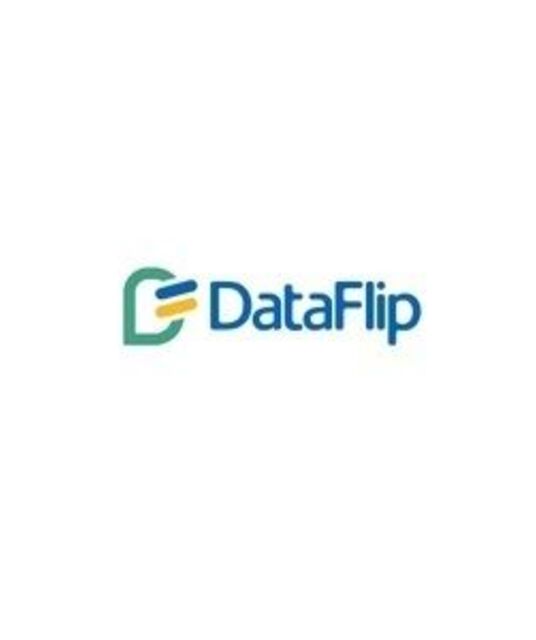Power BI Templates: Enhancing Efficiency in Data Visualization

Strong 8k brings an ultra-HD IPTV experience to your living room and your pocket.
Power BI is a powerful business analytics tool developed by Microsoft that enables organizations to visualize and analyze data in a compelling and interactive way. One of the key features of Power BI is its ability to use templates, which can significantly enhance efficiency when creating reports and dashboards. Power BI templates are pre-built files that contain a combination of data models, queries, and visualizations tailored to specific purposes. These templates can be customized and reused with different datasets, offering an easy way for businesses to create meaningful insights quickly.
What Are Power BI Templates?
Power BI templates are pre-configured files (.pbit) that include a set of visualizations, data models, and queries for specific business processes or industries. These templates allow users to quickly generate reports and dashboards that are ready to be populated with data. Power BI templates often come with predefined layout designs, measures, KPIs, and even complex DAX (Data Analysis Expressions) formulas that are commonly used in a given domain. Instead of building a report from scratch, users can load a template, connect it to their data source, and immediately start analyzing and visualizing the data.
Key Benefits of Power BI Templates
1. Time-Saving
Creating a Power BI report from scratch involves several steps, including connecting to data sources, creating queries, designing the layout, and building visualizations. This can be a time-consuming process, especially for businesses with large datasets. Power BI templates significantly reduce the setup time as they already come with most of the components in place. Users only need to connect the template to their data source, and they’re ready to generate insights. This allows teams to focus more on data analysis and less on report design and setup.
2. Consistency Across Reports
Power BI templates ensure consistency across reports and dashboards within an organization. Since the templates are predefined with specific visualizations, KPIs, and data models, they help standardize the reporting process. This ensures that all reports, regardless of the team or department using them, maintain a uniform structure and style. Consistent reporting is especially important for large organizations where different departments need to analyze the same type of data but might need different perspectives or breakdowns.
3. Customizable and Flexible
While Power BI templates come with predefined structures, they are highly customizable. Users can modify the templates to meet their specific needs. This could involve changing the visual design, adding new charts, adjusting data models, or implementing custom DAX formulas. The flexibility of Power BI templates ensures that businesses can tailor reports to reflect their unique goals and requirements, without starting from scratch each time.
4. Simplifies Complex Data Analysis
Many industries deal with large and complex datasets that can be overwhelming to analyze. Power BI templates can simplify the process by providing pre-built queries and models that make it easier to process and visualize data. Whether it’s financial reports, sales performance analysis, or supply chain data, templates allow users to quickly understand the trends and outliers in their data, providing actionable insights faster.
Types of Power BI Templates
Power BI templates can be used across a wide range of industries and use cases. Some common types of Power BI templates include:
Financial Templates: These templates are often used for financial reporting, including balance sheets, income statements, and profit-and-loss analyses. They typically include KPIs, trend charts, and variance analysis.
Sales and Marketing Templates: These templates help analyze sales performance, customer behavior, and marketing campaign effectiveness. They include metrics like sales growth, customer retention, and ROI.
Operations and Supply Chain Templates: These templates focus on supply chain and operational efficiency, providing insights into inventory levels, production cycles, and delivery performance.
Human Resources Templates: Power BI templates for HR often include dashboards for employee performance, turnover rates, recruitment analysis, and compensation tracking.
Using Power BI Templates in Practice
To use a Power BI template, users simply need to download the template file (.pbit) and open it in Power BI Desktop. Upon opening, Power BI prompts users to connect to a data source. Once connected, the template dynamically populates the report with the new data. Users can then refine the visualizations, apply filters, and adjust the layout to suit their needs.
Additionally, organizations can share Power BI templates within the team or across departments to promote standardization and streamline the reporting process. By distributing templates, businesses can ensure that everyone is on the same page and working from the same foundational data model.
Conclusion
Power BI templates offer a powerful way for businesses to streamline their data visualization and reporting processes. By providing pre-configured reports, dashboards, and data models, templates save time, ensure consistency, and make complex data analysis more accessible. Whether you are a small business or a large enterprise, Power BI templates can help you leverage your data more effectively and make data-driven decisions faster. As businesses continue to embrace data-driven strategies, Power BI templates will play an essential role in simplifying and enhancing data analysis efforts.
Note: IndiBlogHub features both user-submitted and editorial content. We do not verify third-party contributions. Read our Disclaimer and Privacy Policyfor details.


